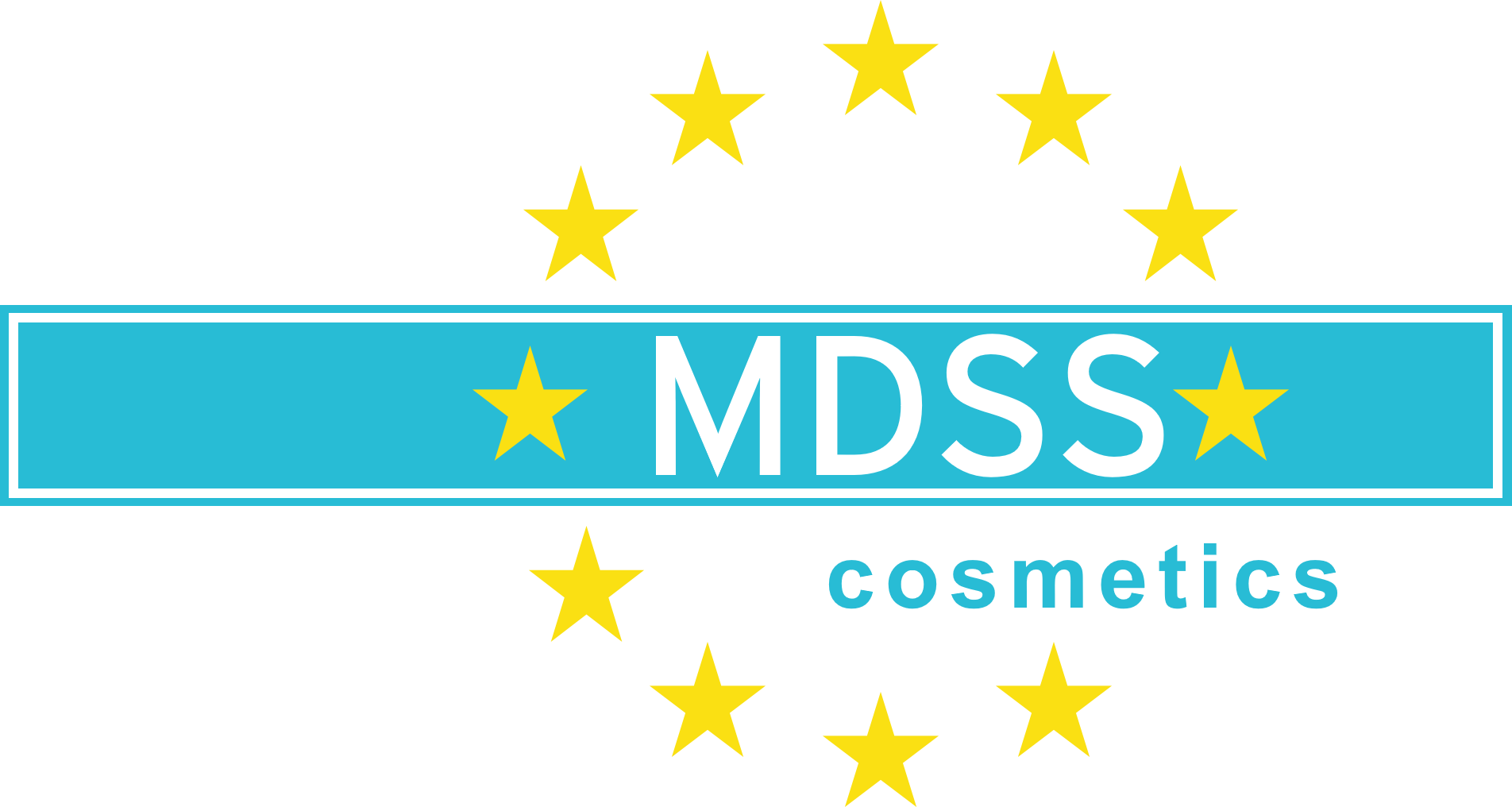- November 26, 2021
- Posted by: Guido Rainis
- Category: Swexit

Import of Cosmetic Products to Switzerland
The legal responsibility for cosmetic products transferred from the EU to Switzerland lies in most cases with the Swiss importer who has to keep the Product Information File (PIF) according to Article 5 of the “Swiss Cosmetics Regulation” (“VKos”)[1]. This requirement is widely harmonized with Article 11 of the European Cosmetics Regulation[2].
The general obligations for manufacturers, importers and distributors in Switzerland are defined in Article 3 of the VKos:
- The importer and distributor must ensure that the cosmetic product placed on the [Swiss] market complies with the legal requirements.
- The (…) importer and distributor may appoint in writing an authorized representative with an address in Switzerland (…).
- The obligations [of the importer] apply to the distributor if he:
- places a cosmetic product on the market (…) under its own name or trademark; or
- modifies a cosmetic product already placed on the market in such a way that there is a possibility that it may no longer comply with the applicable requirements.
- In addition, [the distributor] shall before placing a cosmetic product on the market:
- verify that the applicable labelling and ingredients information[3] is present on the label;
- verify whether the [labelling] information (…) complies with the language requirements referred to in the Swiss Regulation on Food and Consumer Goods (LGV)[4];
- verify that the date of minimum durability, if applicable, has not expired[5];
- ensure that (…) the storage and transport conditions do not affect the compliance of the product with the requirements of the VKos.
The PIF must be established in an official language of Switzerland (German, French, Italian or Romansh) or in English. It shall be kept for ten years from the date on which the last batch of the cosmetic product was placed on the market[6].
If the PIF is already available in another country and compliant with the requirements of the VKos and LKV, it will be also applicable in Switzerland and it does not need to be reestablished by a Swiss local entity. However, the importer or the distributor must be able to provide the Swiss cantonal enforcement authorities with appropriate information[7].
In regards to the labelling for cosmetic products, the name and address of the manufacturer [or] importer [or] distributor [or] Responsible Person for the European Union can be used for the label intended for the Swiss market[8].
If the cosmetic products are legally marketed within the EU, i.e. if they are in compliance with the requirements of the European Cosmetics Regulation and notified via Cosmetic Product Notification Portal (CPNP), the products should be also marketable in Switzerland.
Disclaimer: The content of this article reflects the requirements of the regulations, guidance, standards and other documents. In most cases, the wording is abbreviated and/or a requirement may not be completely shown in order to increase the understanding of certain aspects. It presents a selection specially chosen for this article. Always refer back to the actual law to identify the correct legal solutions. The references are given, should a reference not be provided please contact the author.
[1] https://www.fedlex.admin.ch/eli/cc/2017/165/de Verordnung des EDI über kosmetische Mittel (VKos) (Status: 1st July 2020)
[2] https://eur-lex.europa.eu/legal-content/de/ALL/?uri=CELEX:32009R1223
[3] See Article 8 and 9 of the VKos (…)
[4] The information about articles must be indicated:
- at a prominent place on the packaging;
- in easily legible and indelible letters;
- in at least one official language of Switzerland (…).
https://www.admin.ch/opc/de/classified-compilation/20143388/index.html Lebensmittel- und Gebrauchsgegenständeverordnung (LGV) (Status: 1st July 2020)
[5] See Article 9.1c of the Vkos (“The minimum preservation or date of minimum durability until which the cosmetic product fulfills its original function when properly stored (…)”)
[6] See Article 5.2 of the VKos
[7] See Article 5.3 of the VKos
[8] See Article 9.1b of the VKos



